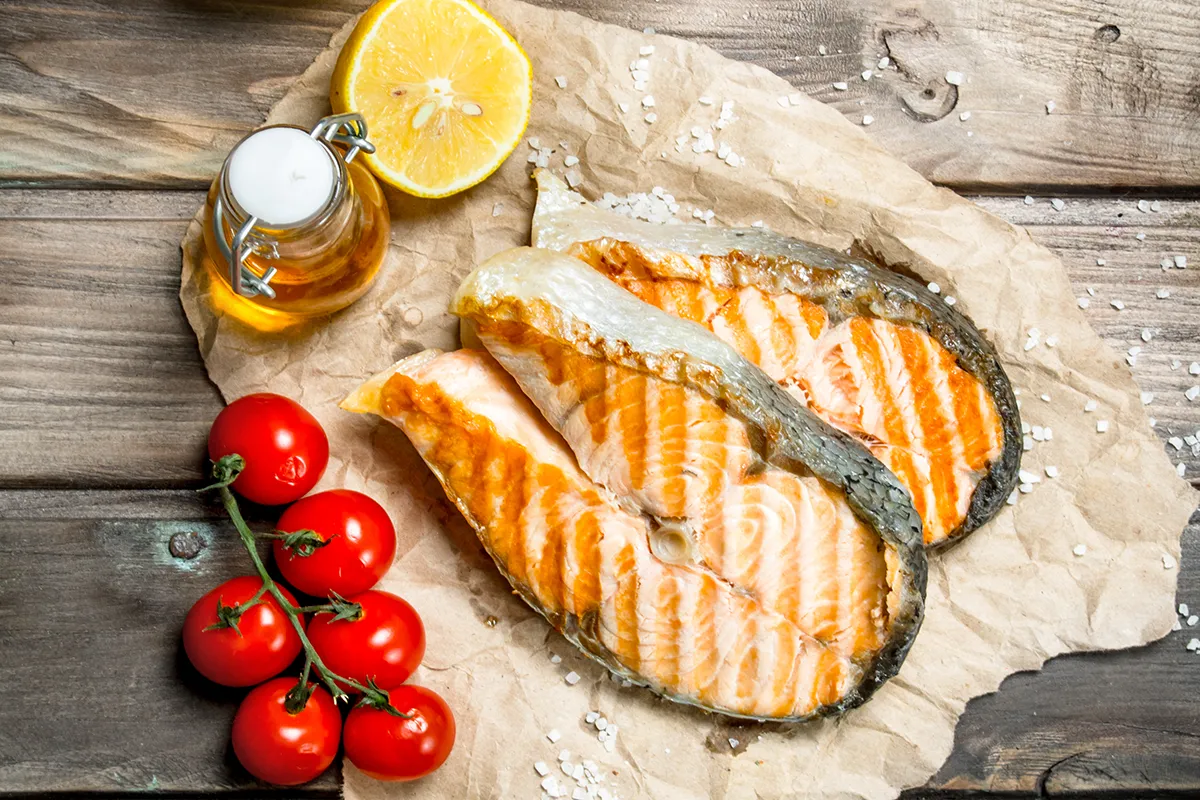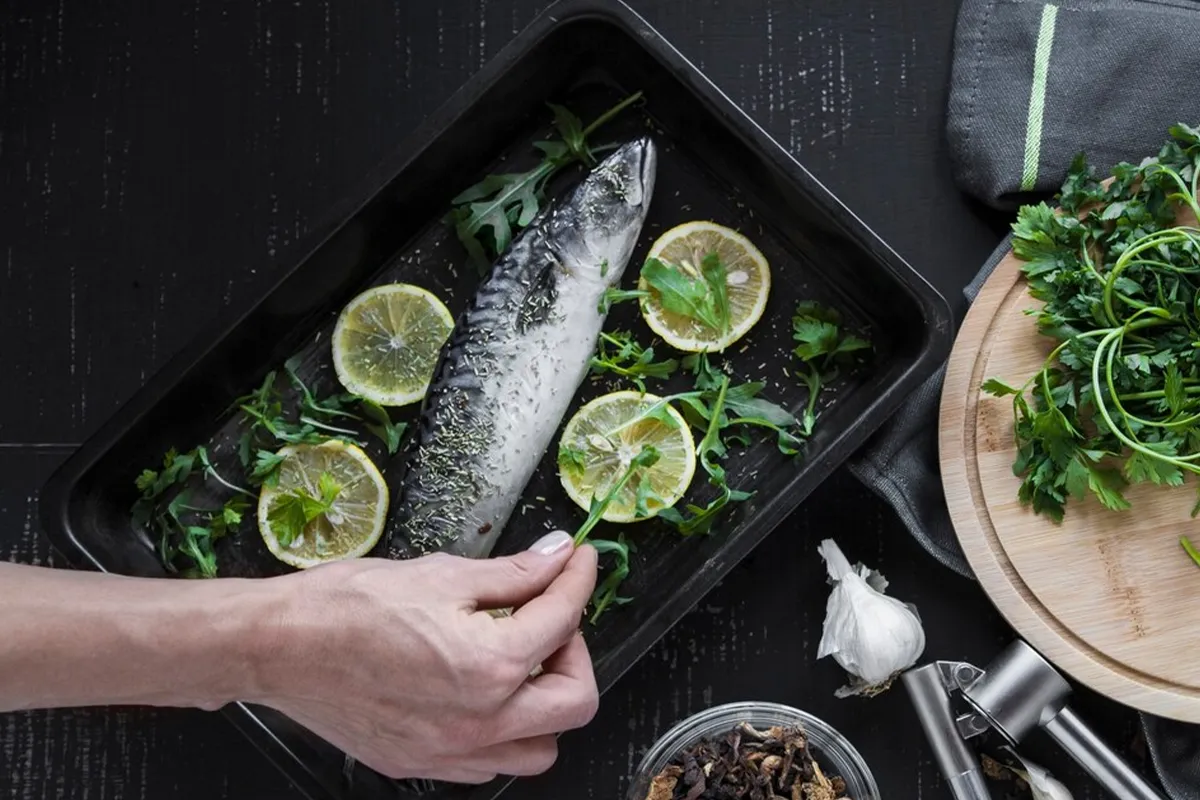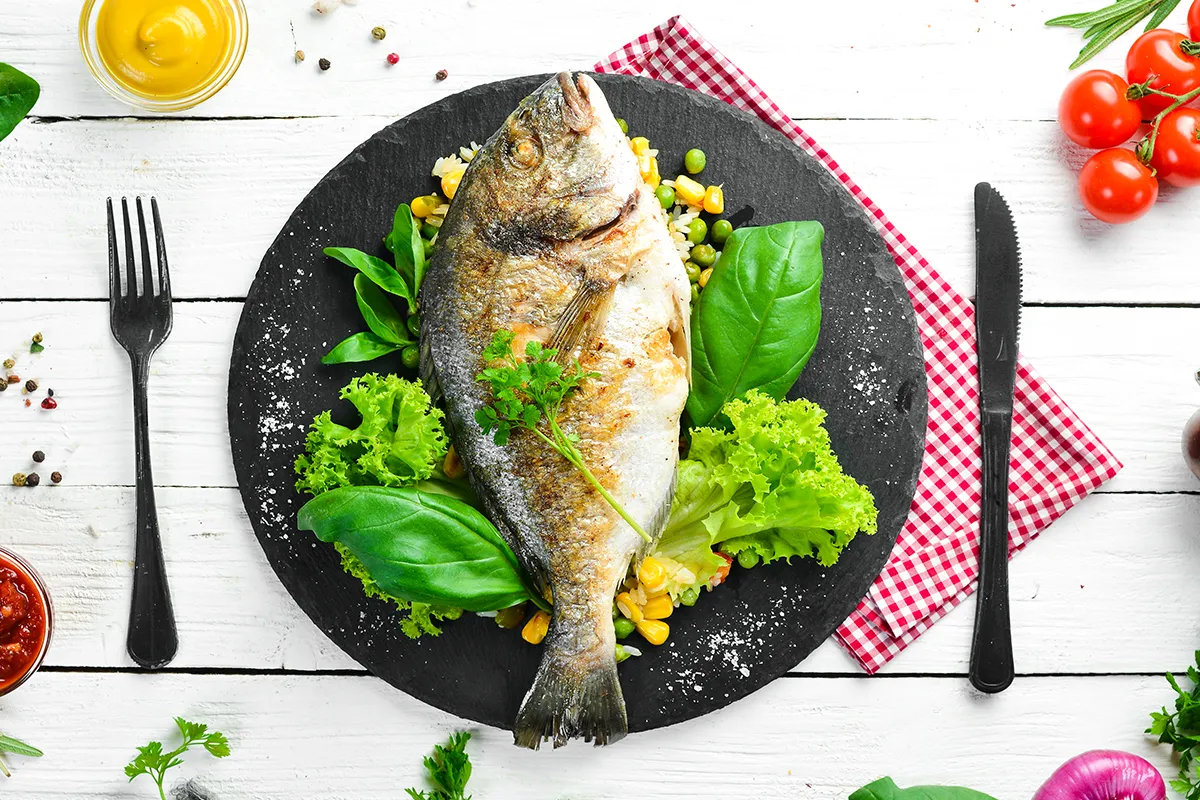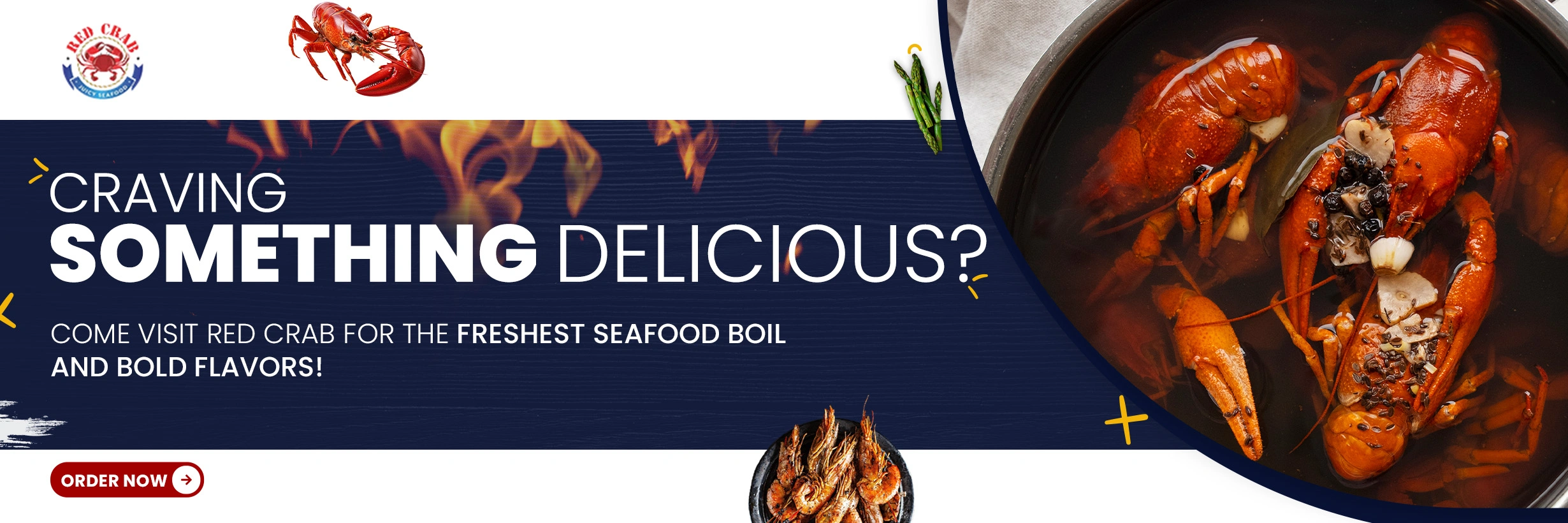Common Mistakes to Avoid When Cooking Fish
A fish dish may be delicious, but cooking fish is one of the most difficult undertakings, and only a few individuals have mastered it. Many cooking experts believe that when it comes to cooking seafood, there is very little room for error.
This means that even the smallest mistake or sloppiness might lead to a dish disaster. Many people are hesitant when cooking fish because of its delicate nature. Most people would even skip the entire cooking process. As seafood has a great nutritional value, it is recommended that you learn how to cook fish so that you can eat it frequently.
Table of Contents
Learning how to cook fish is one of the most delicious and occasionally difficult chores a home cook can do. Fish, unlike other meats such as beef or chicken, are in a whole distinct category because there are so many different types of fish swimming in the world’s seas, rivers, and lakes. Although the same cooking techniques can be used for multiple types of fish, this is not always the case. Fish thickness, skin or shell factors, and other variables might all complicate the situation. All of this adds to the fear factor for unskilled cooks who want to improve their cooking fish skills.
Fortunately, with a list of the most common mistakes people make when preparing a dinner from the world’s oceans, it is feasible to master the art of cooking fish. All you need to do now is avoid these mistakes when cooking fish. Here’s how.
1. Improperly Prepping the Fish
When it comes to cooking fish, one of the most common mistakes is not preparing it properly. This includes not properly cleaning or removing the fish‘s scales. If you don’t properly clean the fish, it will taste murky. To avoid this, make sure to thoroughly rinse your fish under cold water before cooking. Furthermore, you may scrape the scales off with a knife. Begin with the tail and progress up to the head.
2. Not Cooking the Fish till Perfection
Another typical mistake people make when cooking fish is not cooking it thoroughly. This signifies that the fish has either been overcooked or undercooked.
Over-cooking fish might result in dry, tough meat that is unsuitable for consumption. To avoid this, do not cook it for too long or at a high temperature. Instead, cook on low heat until the meat flakes easily with a fork. A good way to tell if it’s done is to stick a knife into the thickest part of the fish and see if the liquid is clear, not milky. If it is, then your fish is ready to eat!
Under-cooking fish, on the other hand, results in a dinner that is not fully cooked and may be unsafe to consume. To avoid this mistake, check your fish frequently while it cooks and finish cooking when it reaches an internal temperature of 145 degrees Fahrenheit.
For example, you could be cooking a salmon fillet for dinner, but you mistakenly overcook it, resulting in dry, chewy fish. Alternatively, you could be frying a tilapia fillet that is still somewhat pink in the middle and hence unfit for consumption.

3. Not focusing on the Fish's Skin
When cooking fish, a lot of people forget about the skin and that’s not good. The skin can be really hard to chew if it’s not cooked right. So, to fix that, just make sure to cook the skin until it’s nice and crispy. You can do that by grilling, broiling, or pan-searing it. Also, remember to keep a close eye. For example, if you’re cooking a salmon fillet under the broiler and you get distracted, you might end up burning the skin by mistake.

4. Not Letting the Fish Rest
Once the cooking fish process is done, it must be allowed to rest for a few minutes before chopping into it. This allows the liquids to redistribute evenly throughout the meat, making it more soft and tasty. If you don’t let the fish rest, you’ll wind up with a dry and rubbery dish that isn’t particularly delightful to consume.
For example, you might cut into your salmon fillet immediately after cooking it and discover that it is still too tough to eat.
Or you can eat your tilapia fillet straight away and discover that it’s dry and flavorless. Following these easy rules can help you prevent a bad-cooked fish dish. Thus, to avoid these problems, just let your fish rest for 3-5 minutes before cutting into it. This will ensure your meals are tender, juicy, and super tasty.
5. Not Paying Attention to the Fish's Bones
Sometimes people overlook the bones. If you do not correctly remove the bones, they can get caught up in your mouth, making it difficult to eat. To avoid this, ensure that the fish is completely boneless before cooking. To do this, cut the fish apart with a knife and then run your fingertips down the fillet to remove any bones. This ensures that you obtain all of the bones making your food easier to consume.
6. Not Using the Correct Cooking Method
Finally, one of the most common cooking fish mistakes is neglecting to employ the proper cooking method. To provide a good result, each variety of fish should be prepared in a specific manner. For example, some fish, such as salmon, are best baked, while others, such as tilapia, are better fried.
For example, you could accidentally overcook a salmon fillet because you are unfamiliar with baking fish. Or you could be frying tilapia fillets and wind up with fish that is overly greasy and not crispy. To prevent making these mistakes, research the optimal cooking procedure for the fish you’re preparing.

7. Lack of Seasoning
Another typical cooking mistake is failing to properly season the fish. This can result in bland, flavorless dishes that aren’t particularly appealing to eat. To prevent making this error, season your components liberally with salt and pepper while cooking. Other herbs and spices can be added to the dish to improve its flavor as well.
frequently asked questions
Can you cook fish with flour?
How to cook fish fillets?
Season the fish with salt, pepper, and your favorite herbs. Then, cook it your favorite way: grilling, baking, pan-searing, or broiling. It should be ready in about 3-4 minutes per side if you’re pan-searing, or 10-12 minutes in a 400°F oven.
Best way to cook white fish?
What's simple fish seasoning?
Make a simple seasoning with salt, pepper, and lemon juice. You can also add dill or thyme for extra flavor. Taste it and adjust to match the type of fish you’re cooking.
Conclusion
In conclusion, when cooking fish, you need to choose the right kind and understand how to cook fish just right. You also need to make sure it tastes good without covering up the natural flavors. It’s important to handle the fish properly and make it look nice when you serve it. Don’t worry if it seems hard at first, you can learn from mistakes and get better at cooking fish. Just remember to cook it enough, take care of the skin, and season it well. Following these tips will help you make delicious fish dishes every time.


